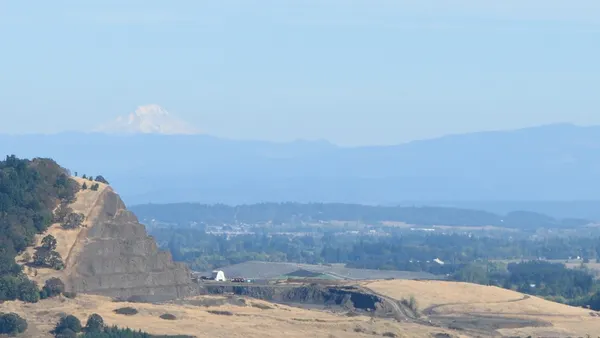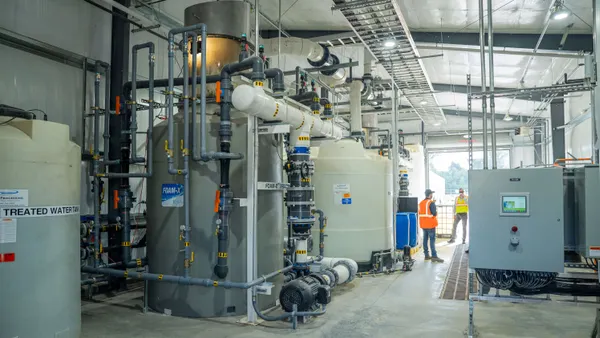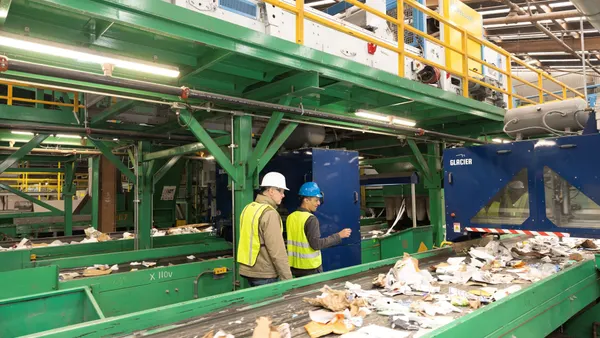Dive Brief:
- The U.S. Department of Energy (DOE) recently announced plans to downgrade certain types of high-level radioactive waste. The move could help facilities send World War II and Cold War-era waste to shallow disposal sites in the deserts of Utah and Texas, as reported by the Deseret News. The policy stands to affect storage facilities in Washington, Idaho and South Carolina.
- The move drew condemnation from Washington Gov. Jay Inslee and Attorney General Bob Ferguson, who called it “reckless and dangerous" in a joint statement. Critics argue the policy will allow federal regulators to abandon cleanup obligations at the state's Hanford Site, which currently cost an estimated $2.5 billion a year, as reported by the Tri-City Herald.
- Meanwhile, South Carolina Gov. Henry McMaster supports the change, according to The State. The new policy could downgrade 10,000 gallons of waste at the Savannah River Site and allow for disposal outside of South Carolina.
Dive Insight:
The federal government reprocessed spent nuclear fuel from the 1940s through the Cold War to develop bombs. Most of that development happened at the Hanford Site — which was one of multiple facilities involved in the process of building the atomic bomb dropped on Nagasaki, Japan — and the Savannah River Site. The Idaho National Laboratory was tapped for nuclear research and development and is reported to have 9 million gallons of high-level radioactive waste on site.
Previously, DOE classified any nuclear waste that came from a military production stream as high-level. Now, the agency plans to interpret the statutory term "high-level radioactive waste" based on levels of radioactivity rather than how the waste was produced. The agency said the update will protect workers and save taxpayers. It also aligns the U.S. with guidelines used in other nations, according to DOE.
"This one-size-fits-all approach has led to decades of delay, costs billions of dollars, and left the waste trapped in DOE facilities in the states of South Carolina, Washington, and Idaho without a permanent disposal solution," the agency said in a statement.
After DOE proposed the change in Oct. 2018, the agency received nearly 5,600 comments — most of which expressed concerns over health, safety and environmental impacts. The new policy has also proven controversial among environmental groups, including the Natural Resources Defense Council, Savannah River Site Watch and Hanford Challenge.
"The Trump administration is moving to fundamentally alter more than 50 years of national consensus on how the most toxic and radioactive waste in the world is managed and ultimately disposed of," said Geoff Fettus, a senior attorney at NRDC, in a statement. "No matter what they call it, this waste needs a permanent, well-protected disposal option to guard it for generations to come."
High-level radioactive waste requires disposal in a deep geological repository, such as Yucca Mountain. The nation's sole operational deep geological repository, the Waste Isolation Pilot Plant in New Mexico closed in 2014 after a radiation leak. It has since reopened.
DOE identified two commercial facilities in the West with "several million cubic meters" of disposal capacity for the newly classified waste. EnergySolutions operates a low-level radioactive disposal site about 75 miles west of Salt Lake City, Utah. Waste Control Specialists operates the Federal Waste Disposal Facility in western Texas, which accepts Class A, B and C low-level radioactive waste.









